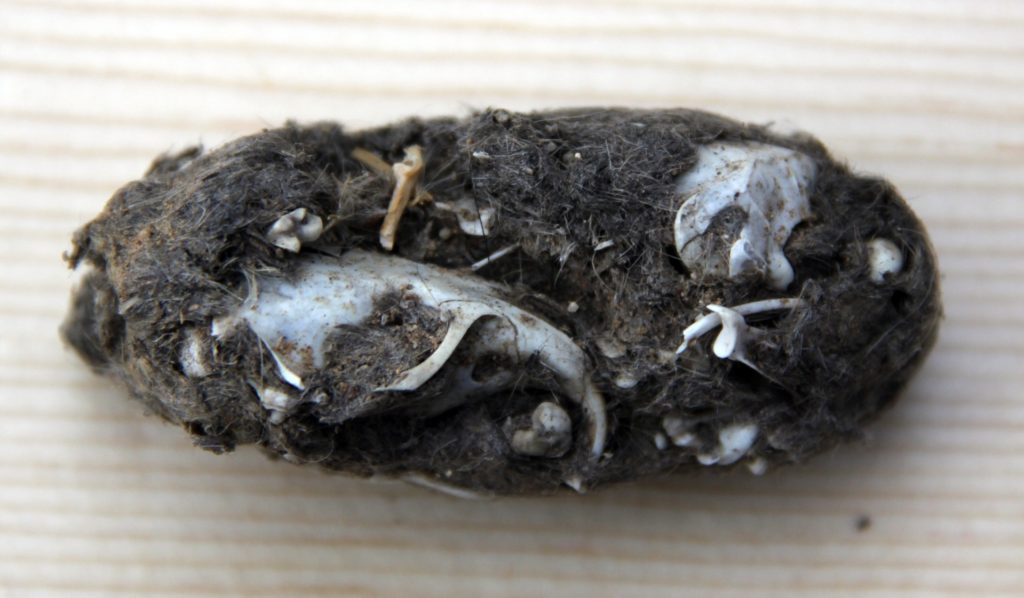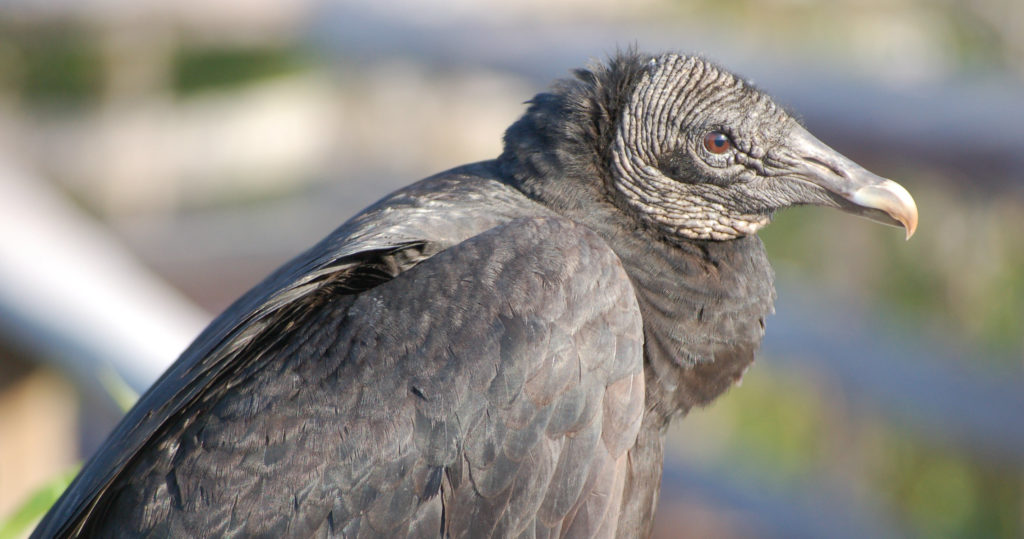In this activity, students dissect owl pellets and reconstruct the skeletons of animals inside to discover what the owls have been eating.
When you first see an owl pellet, you will probably think that it is feces, but this pellet has been regurgitated from the other end, the owl's beak.
Owls are predators and usually swallow eat their prey whole, or a least in large chunks complete with bones, fur, and feathers. Prey species can include rodents, insects, lizards, rabbits, bats, snakes & birds, to name a few. In the owl's stomach, the soft matter is digested, but the fur and bones are regurgitated back out through the mouth in a little package, or pellet.

Pellets are important for scientific study because they give us a picture of what the owl eats, when, and in what frequency. The last time you read in some book what an animal eats, did you wonder how some scientist was able to learn that information? It would be too difficult to follow the animal around and watch it eat, especially at night when most owls feed. This means we have to examine things like pellets.
Vocabulary:
Regurgitate: to bring (swallowed food) up again to the mouth.
Ornithology: the scientific study of birds.
Pellet: In ornithology, is the mass of undigested parts of a bird’s food that some bird species occasionally regurgitate. The contents of a bird’s pellet depends on its diet, but can include the exoskeletons of insects, indigestible plant matter, bones, fur, feathers, bills, claws, and teeth.

